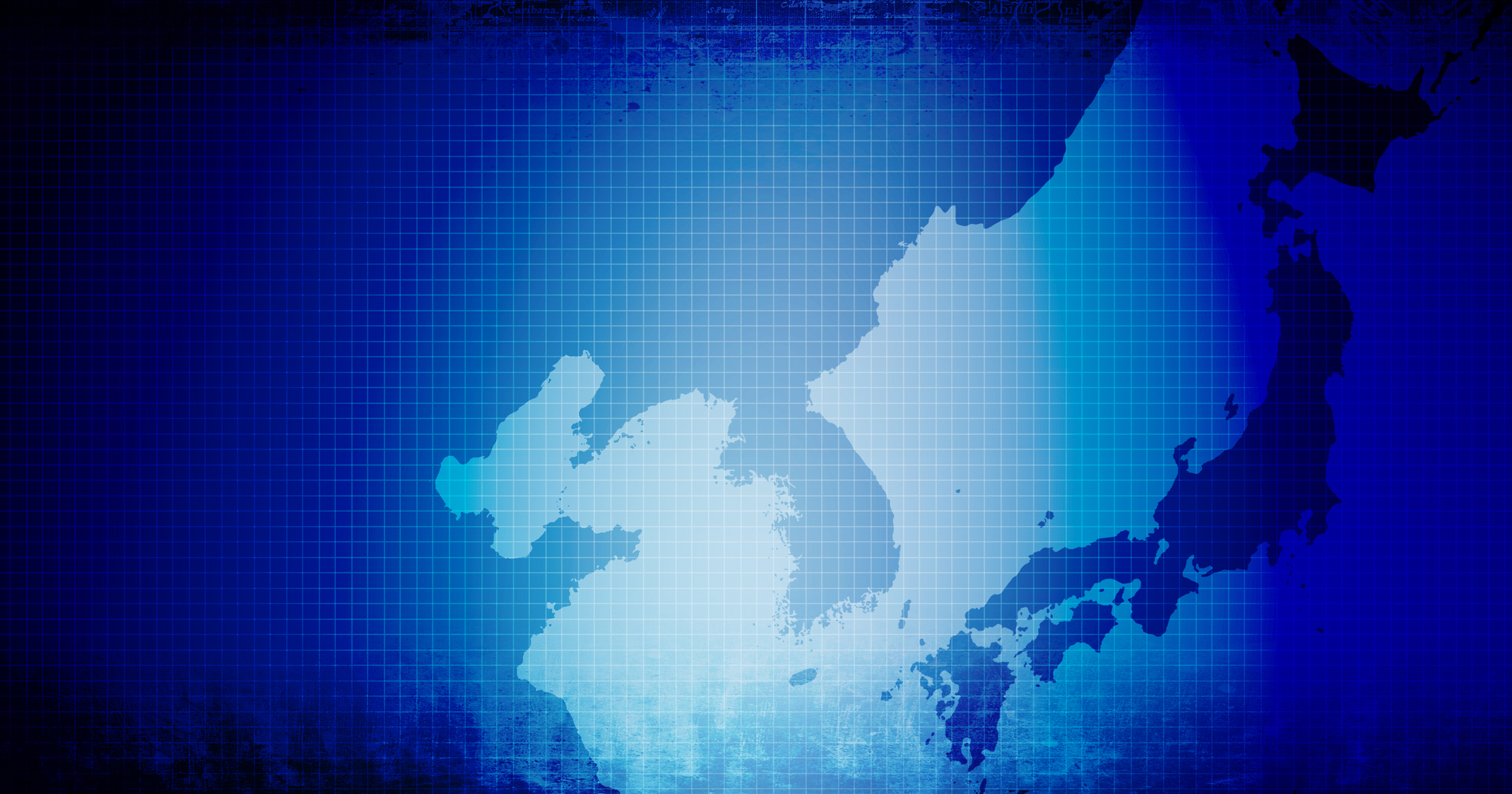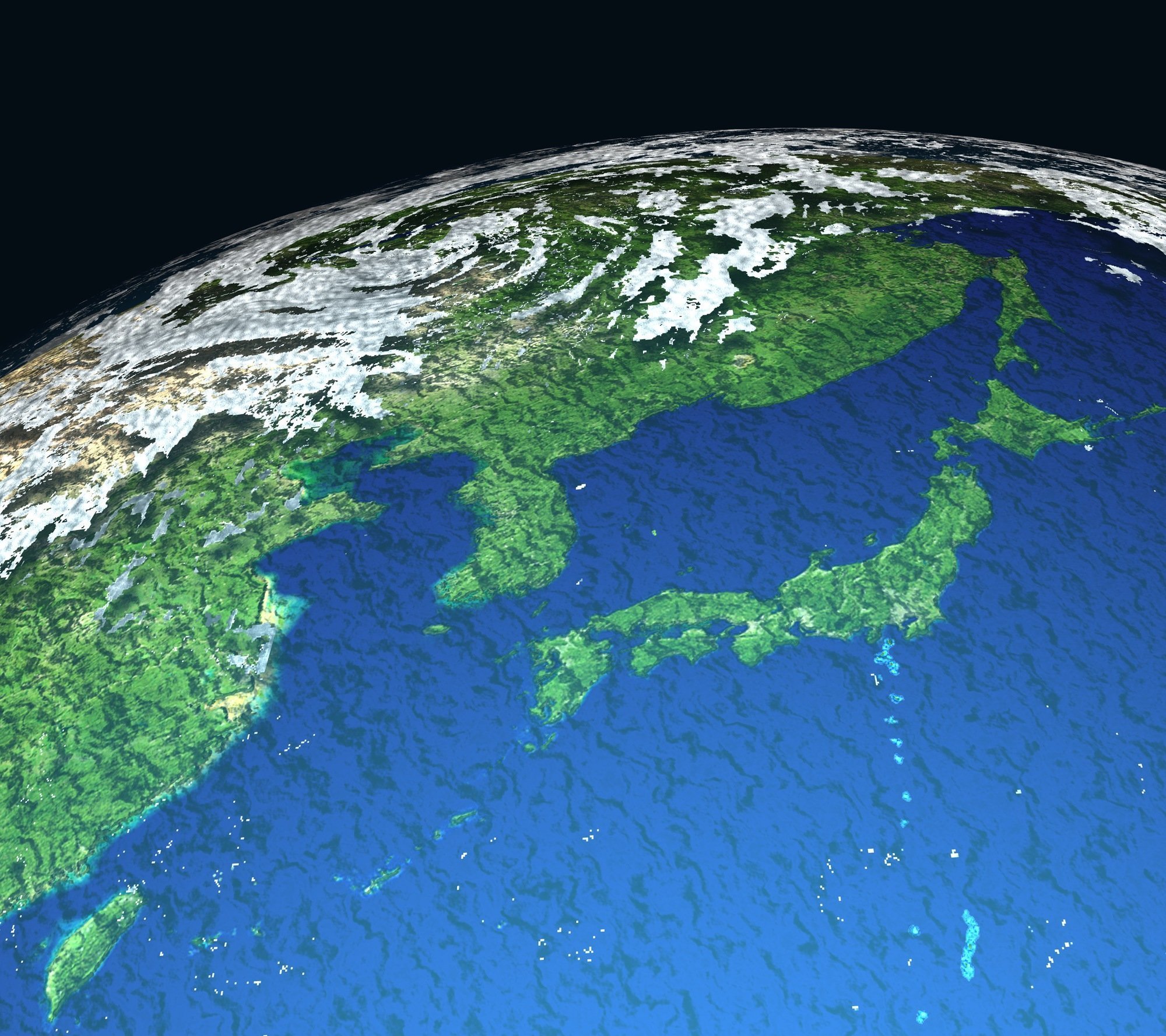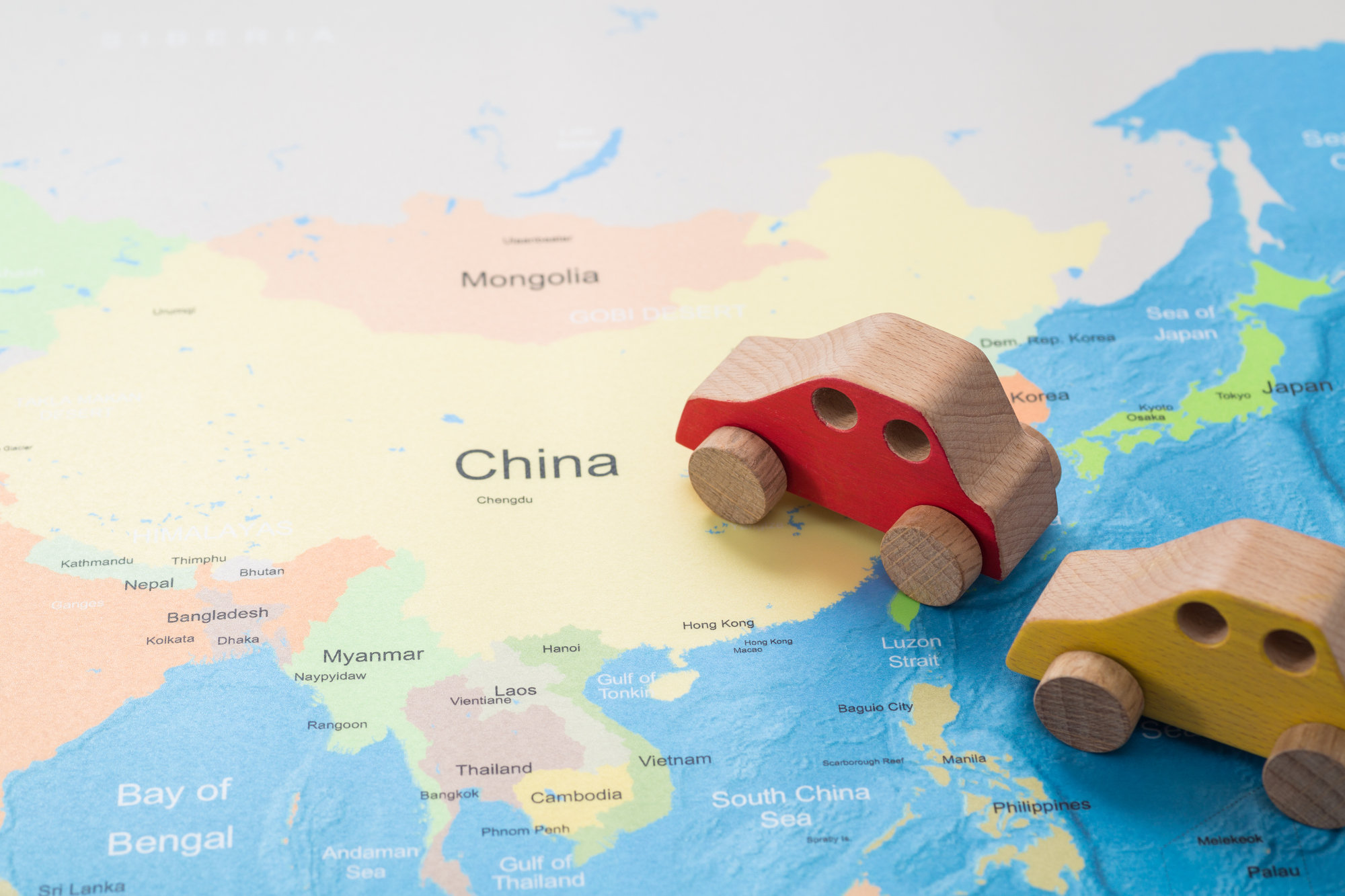2016/01/12
Yasuhiro Nakasone Proposal on Maritime Security in East Asia
Yasuhiro Nakasone Proposal on Maritime Security in East Asia
(16 December 2015)
I. Context
East Asia represents the world's most populous and dynamically growing region in this century. The East China Sea and the South China Sea, which interconnect countries in this region, serve also as a great artery of the world economy through which an enormous amount of trade flows ceaselessly.
Thus freedom of the seas and maritime security in East Asia are preconditions for global peace and prosperity. They are matters of crucial interest for countries both within and beyond the region. Regrettably however, developments that call for concern in this regard have recently increased in frequency and seriousness, making them the subject of intense discussion at intergovernmental and private sector meetings on the world stage.
Against this backdrop I submit the following proposal for the sake of upholding the East China Sea and South China Sea as veritable "Seas of peace and prosperity". This call is made to various parties in the region and beyond, including governments, research institutions and academic circles, and the media, all of which contribute to the discussion and policy formulation on this matter.
II. Adhering to international rules and promoting practical cooperation
1. In order to ensure freedom of the seas and maritime security in East Asia, all parties need to re-affirm and fulfil their commitment to faithfully observe established common rules, namely international law and other international norms of behaviour. Foremost among these are the principles of freedom of navigation and overflight as enshrined in the 1982 United Nations Convention on the Law of the Sea (UNCLOS). Many of these rules are also stated in such regional instruments as the 1976 Treaty of Amity and Cooperation in Southeast Asia and the 2002 Declaration on the Conduct of Parties in the South China Sea.
2. Conversely, all parties need to refrain from the self-righteous assertion of claims that are inconsistent with such rules, as well as from unilateral actions that heighten mistrust and tensions. It is essential that any differences of opinion or disputes that exist should be managed peacefully and be resolved through such established means as diplomatic negotiation and arbitration.
3. Meanwhile, collective efforts should be further promoted in such practical areas as the following in order to strengthen the sense of reassurance and mutual confidence among relevant parties and thereby enhance maritime security in East Asia:
(1) strengthening the maritime domain awareness (MDA) capabilities of regional states and organizations;
(2) coordination and capacity-building assistance in the fields of law enforcement and humanitarian assistance/disaster relief (HA/DR);
(3) dialogue between countries concerning their respective national maritime policies as well as the organizational structure and operations of the implementing agencies of such policies;
(4) dialogue in order to enhance mutual understanding on national positions and issues related to the interpretation and implementation of maritime international law;
(5) an early conclusion of a meaningful Code of Conduct (COC) in the South China Sea, and adherence thereto;
(6) establishing and expanding communication mechanisms, as well as rules of behaviour for the safety of air and maritime encounters such as the Code for Unplanned Encounters at Sea (CUES) adopted in April 2014;
(7) cooperation in such non-traditional security (human security) areas as marine science technology, marine resource management, environmental monitoring and preservation, as well as disaster risk reduction.
III. East Asian Maritime Security Charter
I propose that countries in the region and beyond adopt an East Asian Maritime Security Charter in order to jointly and comprehensively re-affirm the aims, rules and measures above. Such an instrument would provide a focused political framework for improving the current climate in East Asian waters and an impetus for further advancing cooperation.
IV. Organization for Maritime Security in East Asia (OMSEA)
1. As a major means to enhance maritime security in this region, I further propose the creation of an Organization for Maritime Security in East Asia (OMSEA) in parallel with adoption of the Charter in Section III above. The objectives of OMSEA would include:
(1) providing a permanent and open forum for exchanging information, views and ideas concerning maritime security;
(2) the collection and integration of information from an impartial standpoint, and sharing the results thereof; and
(3) taking collective steps in order to promote or complement existing efforts in the areas given in Section II.3 above and to formulate policy recommendations.
2. This proposal concerning an OMSEA represents an evolution of an earlier concept which the Institute for International Policy Studies (IIPS) introduced in January 2015. Modifications have been made over the past year so as to reflect the discussions with various interlocutors, including those from the ASEAN region and beyond East Asia.
3. Membership as well as the operational activities of OMSEA should be open to countries within and beyond the East Asia region. The mandate and other details of OMSEA should be determined by an early date, and IIPS stands ready to work with other parties for this end. A central role by the ASEAN region would be welcome in this process.
4. OMSEA should establish an appropriate relationship with the East Asian Summit (EAS), taking note of the confirmation by EAS leaders at their tenth anniversary meeting in November 2015 that the inclusion of maritime cooperation among priority areas of cooperation merits further consideration.
Note: Mr Yasuhiro Nakasone is Chairman of IIPS and served as Prime Minister of Japan from 1982 to 1987.






